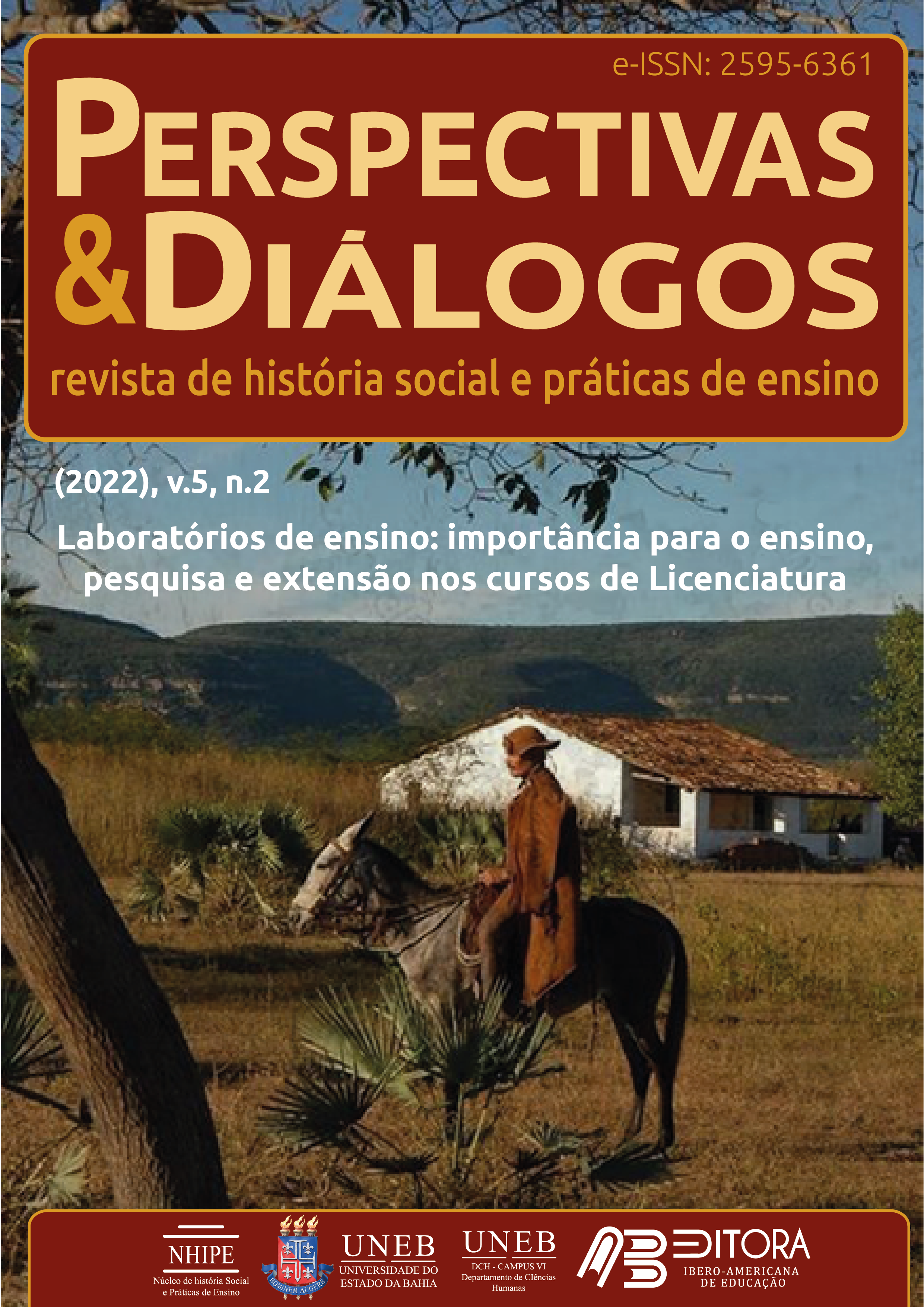Itinerant Laboratory of Mathematics and its Teaching – LIME
Keywords:
Laboratory, Math, ItinerantAbstract
The LIME (a Portuguese abbreviation for Itinerant Laboratory of Mathematics and its Teaching) establishes an itinerant experimental space on mathematics and its teaching in formal and non-formal educational contexts, valuing social and cultural aspects. Considering that historically, a theoretical and empirical framework has been built that supports the use of objects and images as learning facilitators, the need to create laboratories to provide concrete experiences on mathematical knowledge based on teaching materials of different types and make them available even to those who do not usually attend the university. Therefore, the LIME is based on three aspects: knowledge, belief and manipulative creativity, in order to go beyond the walls of the university and reach different audiences, from Basic Education to public squares, Thus, the Universidade do Estado da Bahia (UNEB) is demarcated as an important and necessary institution in the production of knowledge that answer the educational demands of our territories.
Downloads
References
FIORENTINI, D. A formação matemática e didático-pedagógica nas disciplinas da licenciatura em matemática. Revista de Educação PUC-Campinas, Campinas, n. 18, p. 107-115, junho 2005.
LORENZATO, S. Laboratório de ensino de matemática e materiais didáticos manipuláveis. In: LORENZATO, S. (org.) O Laboratório de ensino de matemática na formação de professores. Campinas, SP: Autores Associados, 2012. pp.03-37.
NOVAIS, J. M. A.; FERNANDES, J. P.; SANTOS, S. T.; SILVA, D.J. Vasilhas plásticas manipuláveis no estudo de volume: uma abordagem no cálculo integral para a formação docente. In: Anais do XVII Encontro Baiano de Educação Matemática. Ilhéus, Bahia, 2019.
OLIVEIRA, Z. V.; KIKUCHI, L. M. O laboratório de matemática como espaço de formação de professores. Caderno de pesquisa, v.48, n.169, p. 802 - 829, julho/setembro, 2018.
OLIVEIRA, J. V. S.; SILVA, D. J. Erre se possível! O desafio da função quadrática. In: Anais do XVII Encontro Baiano de Educação Matemática. Ilhéus, Bahia, 2019.
SILVA, D. J. Ressignificando a cálculo de áreas por um produto educacional. BOLETIM ONLINE DE EDUCAÇÃO MATEMÁTICA, v.6, p. 223-234, 2019a.
SILVA, D. J. Ressignificação do lugar da disciplina cálculo na licenciatura para favorecer a formação do professor. In: ENCONTRO NACIONAL DE EDUCAÇÃO MATEMÁTICA, 13, 2019, Cuiabá. Anais eletrônicos, Cuiabá: SBEM, 2019b. Disponível em: https://sbemmatogrosso.com.br/eventos/index.php/enem/2019/paper/view/3602/371. Acesso em: 30 maio 2020.
SILVA, D. J. Ideia de estimativa por proporção de amostra em pesquisas eleitorais: uma experiência de sala de aula. Revista Brasileira de Educação em Ciências e Educação Matemática. V. 3, p.5354-549, 2019c
SILVA, D. J. CAICXA ESTATÍSTICA: Otimizando o estudo de amostragem e estimação. Revista de Educação, Ciências e Matemática. V. 9, p.223-234, 2019d
SILVA, D. J. A arte de calcular comprimentos não lineares. In: Anais do XVII Encontro Baiano de Educação Matemática. Ilhéus, Bahia, 2019.
STEWART, James. Cálculo. V.2; tradução EZ2 Translate. São Paulo: Cengage Learning, 2013.
Downloads
Published
How to Cite
Issue
Section
License
Copyright (c) 2023 Perspectivas e Diálogos: Revista de História Social e Práticas de Ensino

This work is licensed under a Creative Commons Attribution-NonCommercial-NoDerivatives 4.0 International License.


